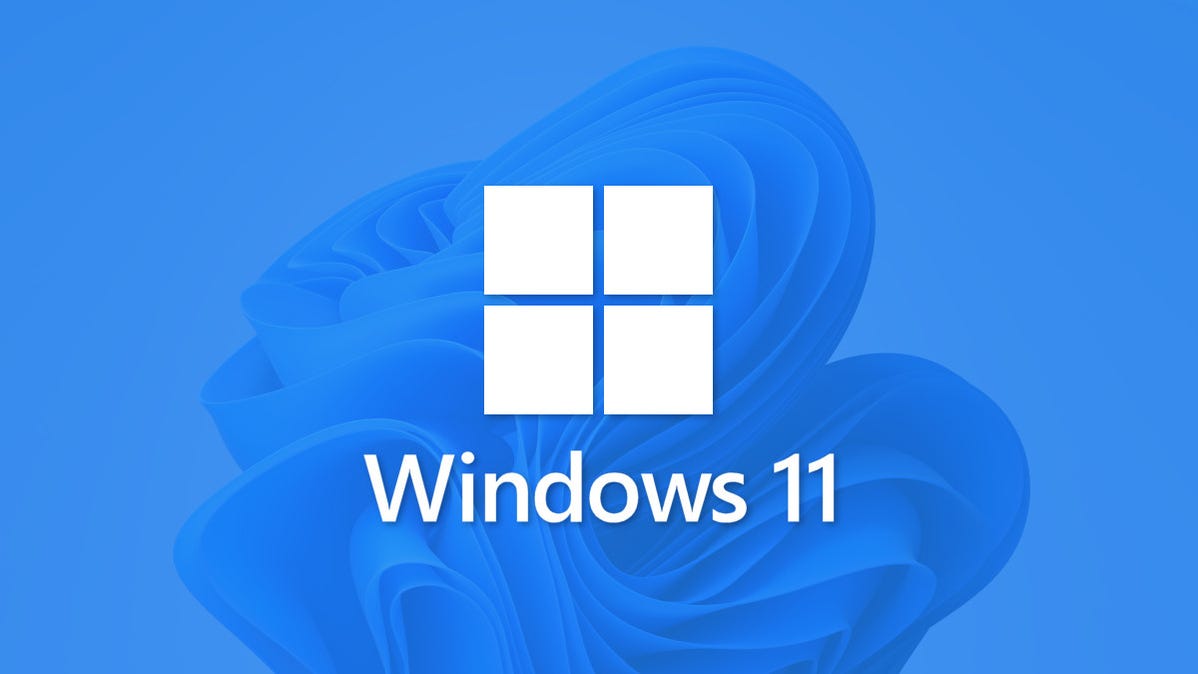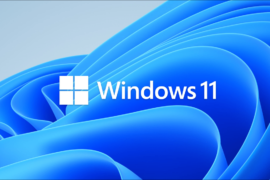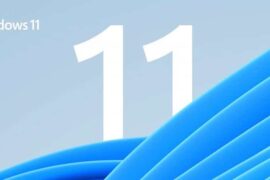Like Windows 10, the new Windows 11 operating system is regularly updated in the background. Sometimes an update can break something on your system like printing, for example. And you may have to roll back the cumulative update. Or there may be times when you need to review what updates were installed to make sure security is up to date. Whatever the reason you need to check for system updates, here’s how to do it in Windows 11.
View the Windows 11 update history
To view the update history on your Windows 11 PC, start by clicking Beginning and open Setting. Alternatively, you can use the keyboard shortcut Key Windows + I to open the Setting directly.

Once you have Settings open, click Windows update in the list on the left. Then, in the “More options” section on the right, click Update history.
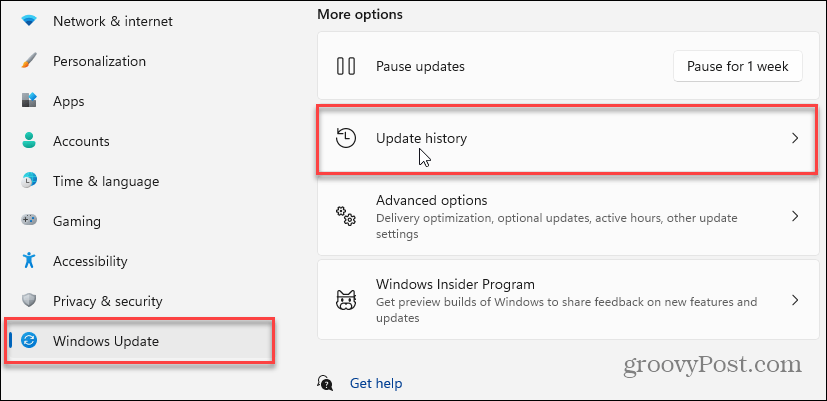
View the update history page
On the “Update history page”, you will find a list of the different types of updates that have been installed. You will see the following updates:
- Feature updates: These are the important updates that usually occur twice a year. Or, supposedly for Windows 11, updates once a year. For example, at the time of writing this article, the current version of Windows 10 is the 21H1 May 2021 Update.
- Quality updates: They are periodic updates that update various aspects of the operating system. Most of these updates are “under the hood” and improve quality and fix various system bugs. They are released as cumulative updates and are often tied to “Patch Tuesday”. However, these updates can arrive at any time, especially if there is a known zero-day threat to Windows 10.
- Driver updates: These are the updates that help improve the hardware of your system, such as the graphics card (GPU), the Bluetooth radio or a sound card.
- Definition updatesThese are virus definition updates that occur regularly in the background and help improve Windows 10’s built-in virus and malware protection.
- Other updates: These are other miscellaneous updates that do not fall into any of the above categories.

Simply expand any of the categories to see what is included. Below is an example of quality updates downloaded and installed on my Windows 11 system.

If you don’t know what an update is for, you should see a clickable link that will take you to a page in the Microsoft knowledge base that will explain more about the update.
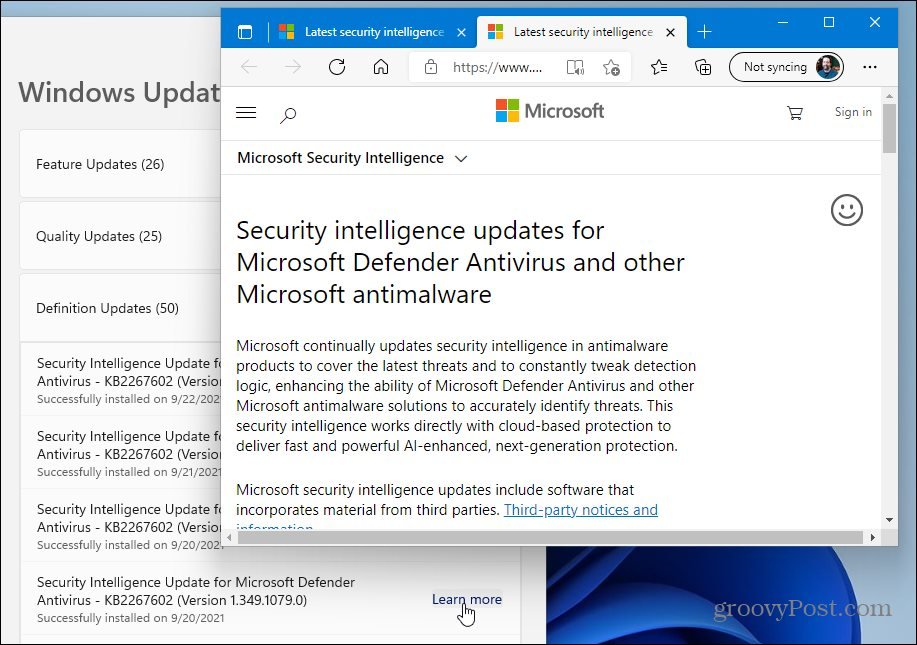
That is all. When you are done with the updates section, just close the Settings window. And for more information on Windows Update, see how to pause Windows 11 updates.
